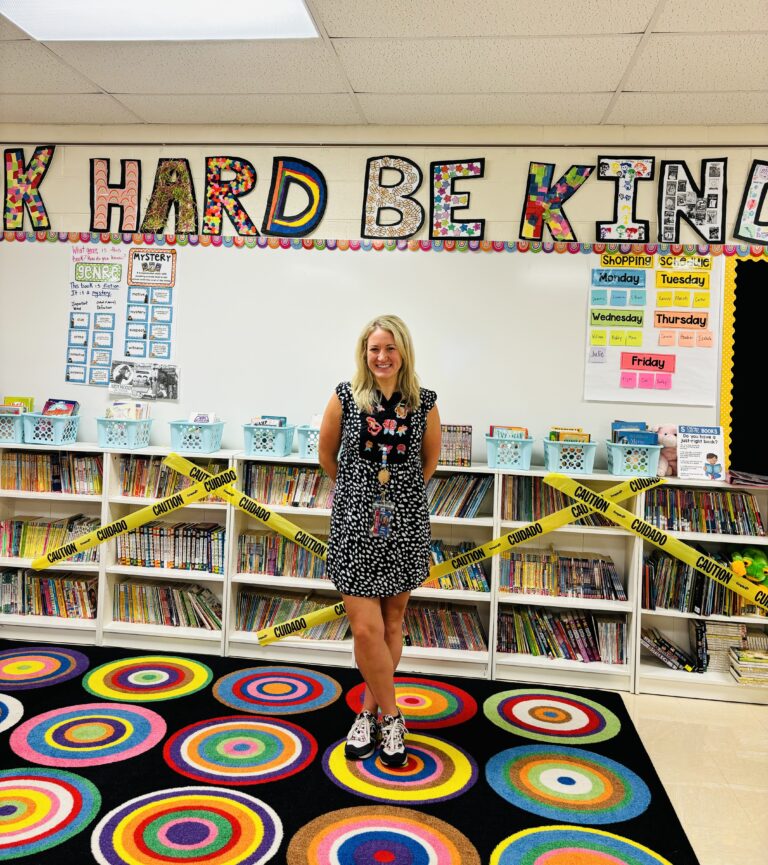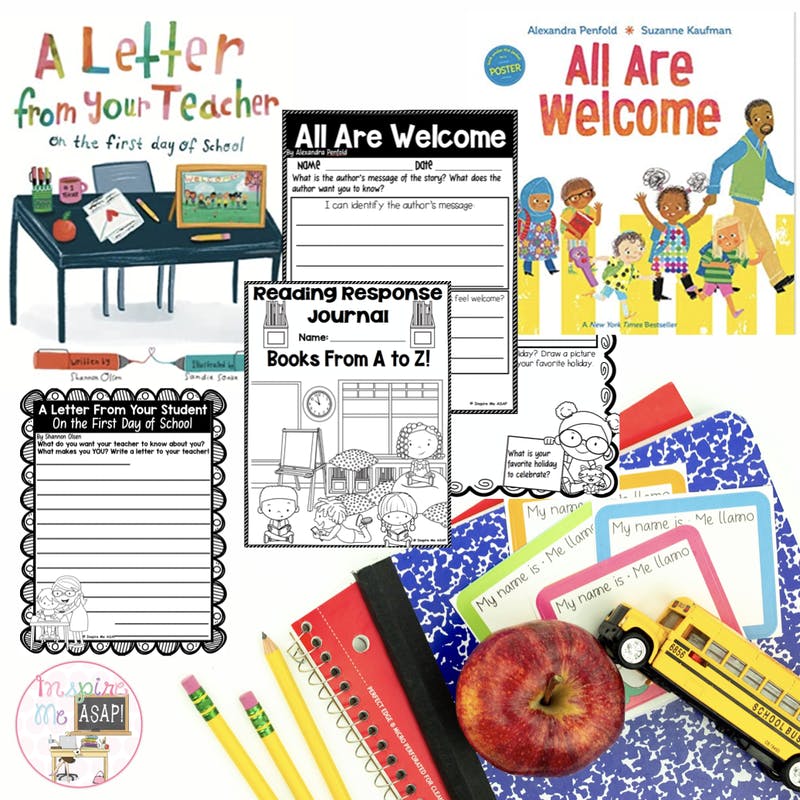Are you looking for a lesson that teaches about character change, from the beginning to the end of a story? In this blog post, I will share with you an engaging lesson to teach about character changes!
If you are following me on my YouTube channel, then you know that this is my fourth video in the character study series. In my previous videos, I shared with you an engaging way to kick off a new unit of study and ideas for teaching characters’ feelings and character traits. If you missed these videos, you can click on the link below to watch them!
Kicking off a new unit for character unit: Blog post
Teaching Character Feelings: Blog Post
Teaching Character Traits: Blog Post
In this blog post, we will continue to dive deeper into our study on characters by learning about how, why, and when a character changes in a story.
I begin the lesson by sharing a personal story about how I changed one thing about my behavior. An example that I like to share with my students is how I used to drink a lot of Coke, I had one every day with my dinner. After watching a documentary about the harmful effects of sugar, and reading a books about this topic, I decided that I needed to change. I stopped drinking Coke every night and started drinking unsweetened tea instead. I allowed myself a can of Coke once on the weekend when we had our pizza night. I wanted to make this change because I wanted to have more energy and be healthier. I now only drink a can of Coke about once a month and I don’t miss it at all!
What is a change that you made, that you can share with your students?
After you share your personal story, ask the following questions to your students:
What change have YOU made in the past year?
How has your behavior changed?
Why did your behavior change?
If students need further prompting, ask them:
What is something that you were afraid of, but not anymore?
What is something that you were nervous about, but not anymore?
What used to be really hard for you, but is not anymore?
Encourage students to really think about when and how they made this personal change by asking “Why did you change?” or “How did you change?”
Ask students to turn and talk to share their personal story or call on a few students to share. Students will write down their personal story on a sticky note and add it to their reader’s notebook.
Display the learning target for the lesson- I can identify how, when, and why the character changed from the beginning to the end of the story. Younger students may start with the learning target- I can identify how the character changes in the story.
Refer back to a story that you already read in class, or start to read aloud a new story that provides an example of the main character changing. Not sure about what book to use? I have a few examples below!
- Bad Case of Stripes by David Shannon
At the beginning of the story, Camilla broke out into stripes. Although she LOVED eating lima beans, she did not eat them. However there were important things that happened throughout the plot of the story that caused Camilla to grow and change. At the end of the story, Camilla allowed herself to enjoy eating lima beans again and as a result, lost her bad case of stripes!
Dive deeper by encouraging your students to think and talk about why and how Camilla made this change. Ask your students, “What events led to this change?” Students can then find text evidence to prove their answer.
- Because of Winn-Dixie by Kate DiCamillo
At the beginning of the story, Opal was a sad and lonely little girl. Because of meeting Winn-Dixie (hence the title of the book!) and other characters throughout the plot of the story, Opal blossoms in a brave, friendly, and open little girl. She works through her grief of her mom’s death, becomes friends with Gloria Dump, Otis and of course, forms a special bond with her dog. All of these events led to a change in her personality.
Ask your students questions, such as, “When did Opal change? Did she change all at once or little by little over the course of the story?” Encourage your students to dive deeper by going back to the text to analyze the events.
After working through an example together as a class, have students use their own stories and identify how the characters in their book grow and change. Provide students with a graphic organizer and have them identify the character at the beginning of the story, compared to the end of the story. Encourage students to dive deep and analyze how and why the character changed.
Do you have some students who need additional support? You can meet with them in a small group and provide them with a familiar text, guiding them through this process.
Don’t forget to provide students with sentence stems, such as, “_______ was _______ at the beginning of the story. At the end of the story, the main character ________. He/she made this change because _______.”
Love this lesson? This lesson is one of 16 lessons that is included in my character unit resource. You can learn more about my character unit by reading below.

You can find this resource at my TPT store: Character Study Unit
Or, you can find this resource on my website: Character Study Unit
Mini-lessons include:
- Mini-lesson: Readers identify the characters in a story
- Mini-lesson: Readers get to know characters
- Mini-lesson: Readers gather information about characters by writing sticky notes
- Mini-lesson: Readers notice characters’ feelings
- Mini-lesson: Readers identify character feelings
- Mini-lesson: Readers identify secondary characters and how they help the main character
- Mini-lesson: Readers infer character traits
- Mini-lesson: Readers identify how a character changes throughout the story
- Mini-lesson: Readers use text evidence to prove their inference
- Mini-lesson: Readers can identify character motivations
- Mini-lesson: Readers identify how a character’s actions contribute to the sequence of events
- Mini-lesson: Readers identify the point of view
- Mini-lesson: Readers ask powerful questions about characters
- Mini-lesson: Readers identify internal and external character traits
- Mini-lesson: Readers can identify how a character responds to challenges
- Mini-lesson: Readers identify their favorite book character and CELEBRATE the end of the unit with a favorite book character party!

Included in this resource:
– 15 scripted mini-lessons
– Colorful posters to display as anchor charts for every mini-lesson
– Student worksheets for every mini-lesson










